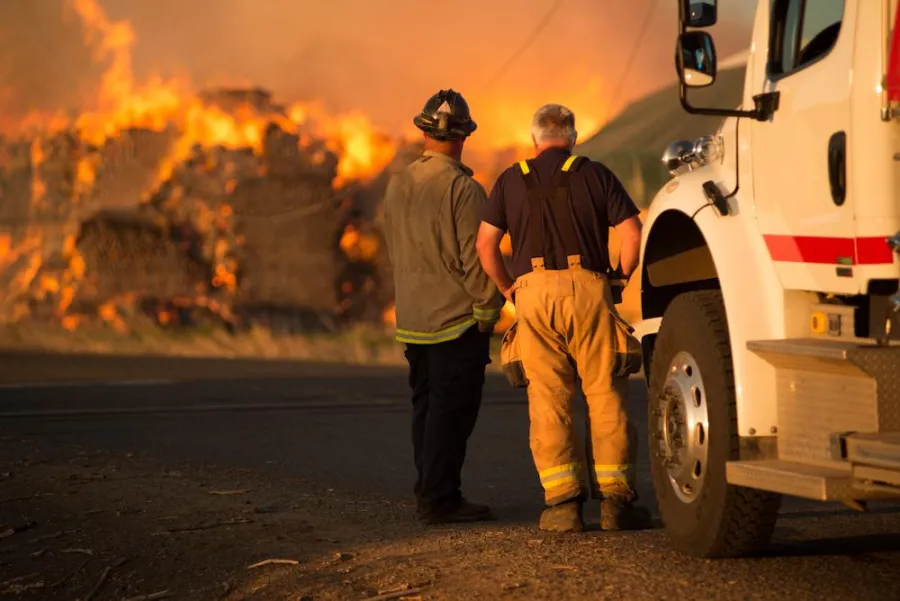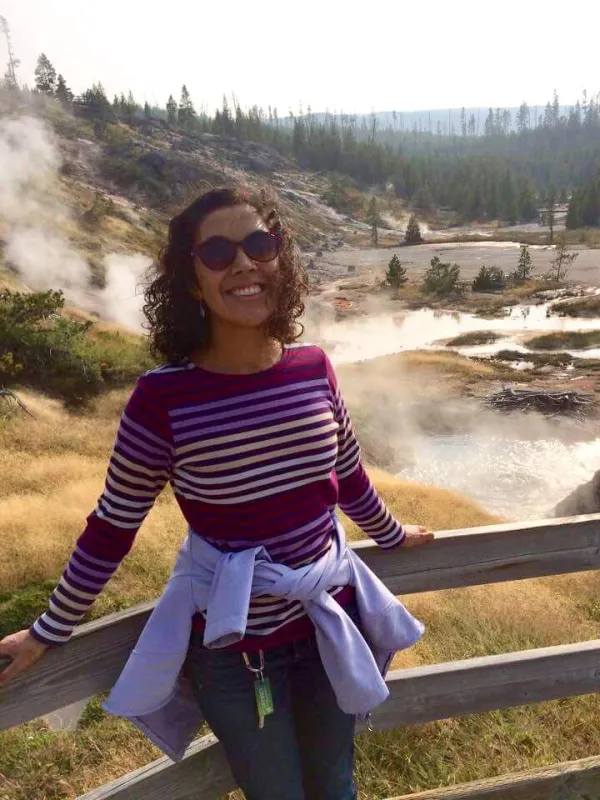WFSE Members Are on the Front Lines of the Heat Crisis

Last summer, seven heat-related deaths were reported in Washington.
This June, the deadliest heatwave in the state’s history claimed over 100 lives.
Roads buckled. Electricity usage spiked. Washingtonians were advised to stay in their homes, drink water, and keep cool—but for people without access to cooling shelter and for the thousands of essential Washington workers whose jobs are outside, conditions were dire.

As an Agricultural Employment Specialist with Employment Standards Program at Labor and Industries, Rodriguez works with agricultural and forestry workers and their employers to navigate compliance with safety standards.
“Every harvest season, there are completely new things arising,” Rodriguez said.
“One year it’s COVID, the next year it’s climate change, and in the years before COVID, it was smoke exposure,” said Rodriguez. “It’s everything culminating at once.”
According to the Washington State Department of Agriculture, farming and food processing employ over 164,00 people in Washington. In 2019, Washington agriculture production yielded $9.49 billion, and the state grows 70% of the nation’s apples as well as other crucial crops such as wheat, hay, hops, and more.
But many of the workers who make these valuable harvests possible are facing increasing danger, not only from the COVID-19 pandemic but from the environmental threat of climate change. As temperatures rise each year, there appears to be no end in sight.
In late July, Florencio Gueta Vargas, a lifelong farmworker from Zacatecas, Mexico, was among those who lost their lives “with environmental heat as a contributing factor,” according to the Seattle Times.
Vargas was working on a hops farm in south central Washington when he succumbed to a heart condition exacerbated by the extreme heat.
“These workers are vulnerable,” Rodriguez said. “Agricultural and reforestation workers are mostly immigrants or from limited-English proficiency communities.”
“Many are seasonal and migrant workers who follow the harvest and the crops. Others are H-2A and H-2B workers who come to work with guest worker visas seasonally from their country of origin for the harvest season and then they return home.”
Rodriguez seeks to educate both employers and workers, ensuring employers understand how to comply with evolving regulations and workers know their rights and resources.
“It’s a lot of outreach and education work,” she said.
“We meet workers where they are, like going to a health fair at 6pm after they have finished harvesting for the day and delivering materials and education in Spanish with a popular education lens.”
Employment Standards Program team members have worked remotely and in the field as much as is safely possible during the pandemic, connecting with workers who may fear retaliation for speaking out against dangerous conditions.
“It can be hard to navigate advocating for your protection in a country where you’re immigrating,” she said.
Labor organizations and progressive politicians across the country are working to create policy and national standards to protect workers from these changing risks.
The United Farmworkers Union called for urgent protections during the Pacific Northwest heatwave, decrying a public dialog that put the emphasis on saving valuable crops like cherries from the heat conditions instead of ensuring safety for the workers in the fields.
In March of this year, Democrats introduced legislation that would establish a national heat stress standard through the Occupational Safety and Health Administration.
“Heat illness affects workers in our nation’s fields, warehouses, and factories, and climate change is making the problem more severe every year,” said House Committee on Education and Labor Chairman Bobby Scott in a press release from the U.S. House Education and Labor Committee.
“This legislation will require OSHA to issue a heat standard on a much faster track than the normal OSHA regulatory process,” he said. “Workers deserve no less.”
For her part, Rodriguez sees her job and her union as ways to be in a reciprocal relationship with her community.
“I always think, ‘What can I do in my role to keep Washingtonians working and keep their safety and health in mind?’” she said.
In the face of swiftly changing risks to workers’ wellbeing, Rodriguez finds connection and support through our union.
“There’s mutual trust and respect,” she said. “I can’t imagine not having the union as a community during these times, the isolation and COVID,” Rodriguez said.
“I know that no matter what, this union community is really showing us what community in the workplace feels like. Even in this time of telework, they’re there.”
Like the people we serve, many public employees are facing unprecedented challenges in our work. Building community and power in workplaces can help us cope. Learn more about how to mobilize and connect with coworkers through Member Action Teams.
Want to support the workers who grow and harvest our food? Write a letter in support of the national heat stress standard.
